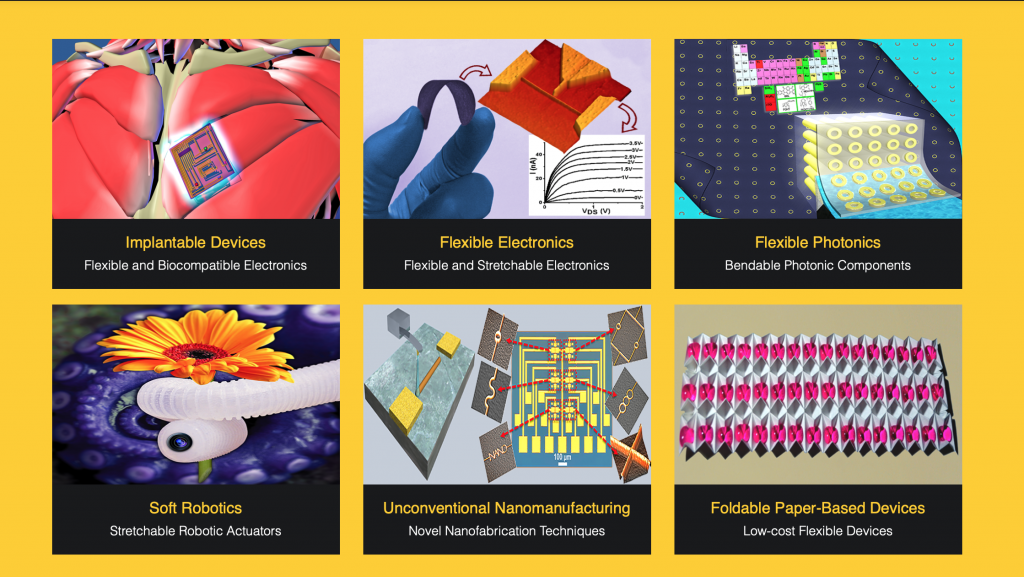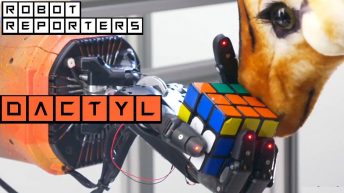Some plants, such as the Venus Flytrap, use elastic energy to achieve high-speed motion using “trap mechanisms.” The elastic energy stored in its bistable, curved leaves to rapidly close on prey exploring their inner surface.
Dr. Ramses Martinez, from the Purdue University and other Purdue researchers at the FlexiLab, have developed this new class of soft robots and actuators, capable of mimicking bio-inspired high-speed motions, using stored elastic energy.
“…a new generation of entirely soft robots capable of harnessing elastic energy to achieve speeds and motions currently inaccessible for existing robots.”
Ramses V. Martinez, assistant professor at Purdue University
By studying the carnivorous plant (Venus Flytrap) and how lizards catch insects, the team created a range of pre-stressed, high-speed soft actuators (or PSA’s):
- a soft robotic Venus Flytrap, which closes in only 50 milliseconds after receiving a short pressurized stimulus.
- a pre-stressed pneumatic soft robot, similar to the chameleon’s tongue, which capable of expanding five times its own length, catch a live fly beetle and retrieve it in just 120 milliseconds. Chameleons, salamanders and many toads use stored elastic energy to launch their sticky tongues at insects located up to one-and-a-half body lengths away, catching them in an instant.
- a bird-inspired robotic gripper, that can use the elastic energy stored in it’s pre-stressed elastomeric layer to hold objects up to 100 times their weight without consuming any external power. The anatomy of birds has served as an example to enable the fabrication of robotic grippers capable of perching upside down from angles of up to 116 degrees. These grippers maximize contact area, facilitating high-speed catching.
Pre-stressed soft robots have significant advantages over existing soft robotic systems
First, they excel at gripping, holding and manipulating a large variety of objects at high speed. Their skin can be patterned with anti-slip micro-spikes, which maximizes traction and enables them to perch upside down over prolonged periods of time and facilitates the capture of live prey.
According to Dr. Ramses Martinez, “We believed that if we could fabricate robots capable of performing such large-amplitude motions at high speed like chameleons, then many automated tasks could be completed more accurately and in a much faster way.”
Other research by Dr. Ramses & his team

The scientists behind this project, Dr. Ramses Martinez and his team, are involved in several other revolutionary research projects, such as Implantable Devices, Flexible Electronics, Flexible Photonics, Soft Robotics, Nanomanufacturing or Foldable Paper-Based Devices.
Article Source:
https://engineering.purdue.edu/FlexiLab/
https://scitechdaily.com/fast-acting-elastic-energy-robots-inspired-by-chameleons-tongue-strike-video/
https://techxplore.com/news/2019-10-chameleon-tongue-fast-acting-robots.html

